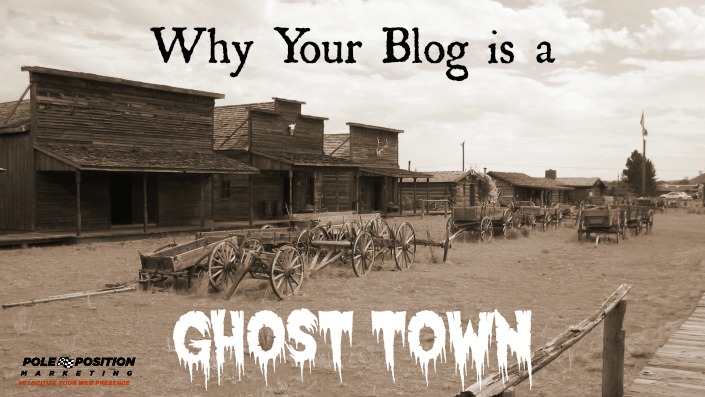So your posts aren’t getting read.
You’re publishing regularly, you socialize your posts, and you even engage with influencers online. But for whatever reason, your blog traffic isn’t what you hoped. What can you do?
Let’s start with the assumption that your content is good. You know your subject matter, and your posts are truly helpful to the audience you want to reach. Let’s also assume that your writing is easy to read, you add visual appeal to each post, and you’re actively promoting it. Yet given all that, your readership isn’t growing.
You may not know the problem, but I do!
[inlinetweet prefix=”” tweeter=”” suffix=””]One of the key elements of blog post optimization is the title tag.[/inlinetweet] Title tags are given significant weight in the search algorithms and play a role in where a page ranks. This makes your title tags the single most important piece of optimizable real estate on any given web page.
The title tag of each post often defaults to the title of your blog posts, but you usually have the ability to customize it. And you often need to. Here’s why:
- Length: Search engines typically use the title tag to display in the search results as the clickable link. While your blog post titles have, essentially, unlimited characters, what displays in search results is limited to about 50-55 characters. So if your blog post title is longer than 50 characters, it’s likely getting cut off, preventing the full “message” from being seen.
- Keywords: Searchers use search engines to find stuff and type in keywords to do it. If your blog post title doesn’t effectively use the keywords that are relevant to the content, then it’s less likely that your post will show up for relevant searches. And even if it does, you might miss the click simply from having a seemingly irrelevant title tag.
- Compelling: We all try to create compelling post titles, but those often have no constraints for keywords or length. Which means you need to find a way to edit your titles for the issues above while still maintaining its compelling-ness. If visitors don’t feel that your post has anything unique to offer, due to a non-compelling title tag, they are likely to click another link rather than yours.
Doing all of the above is not automatically going to translate to top rankings and more traffic. Many other factors come into play as well. But on a well-optimized page, a strategic change to your blog post title tag can often have a near-immediate impact on the page’s rankings.
But ranking alone isn’t enough to get the click. The clickable link displayed in the search results has to be click-worthy. If it’s not, that’s the reason why nobody is seeing your posts.
Side note: You can often edit your blog post title for social sharing separate from the post title and title tag. Take those requirements into consideration as well.


2 Responses to I Know Why Your Blog is a Ghost Town. Do You?